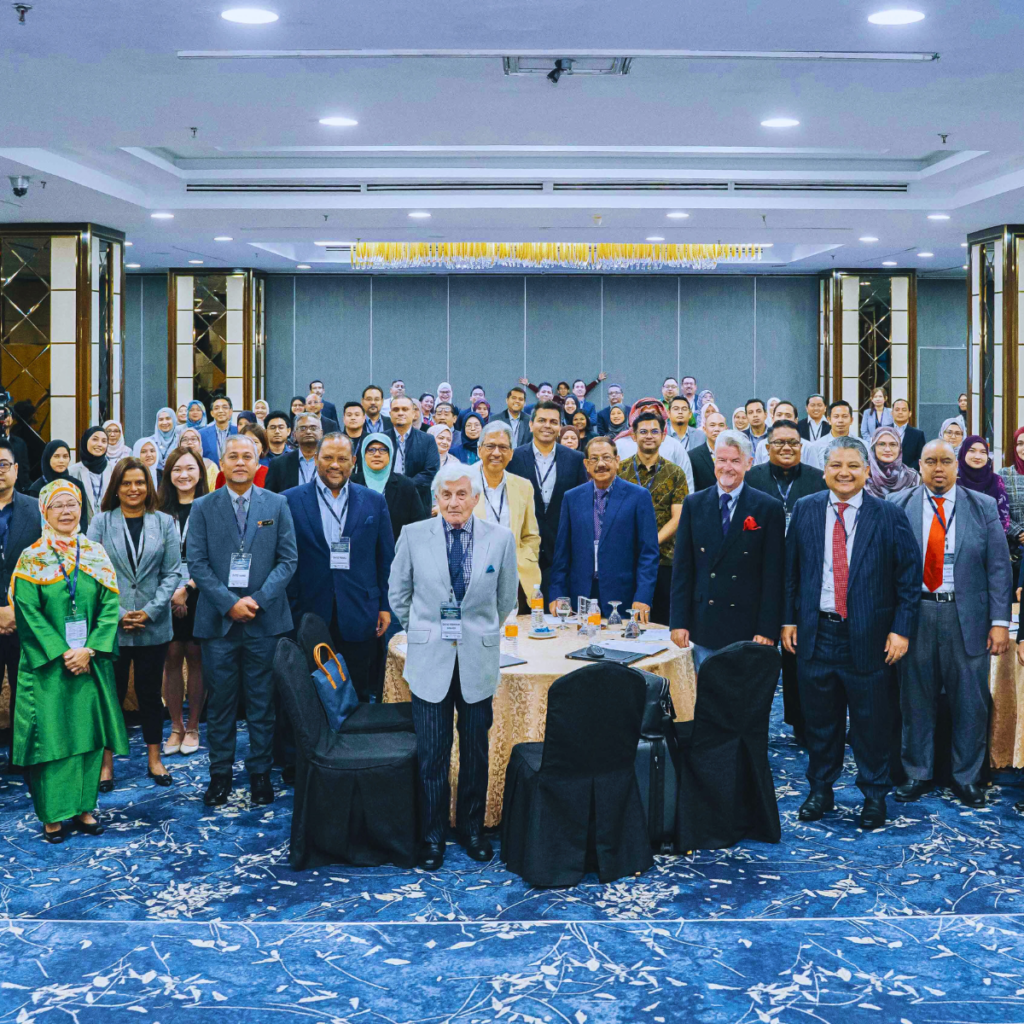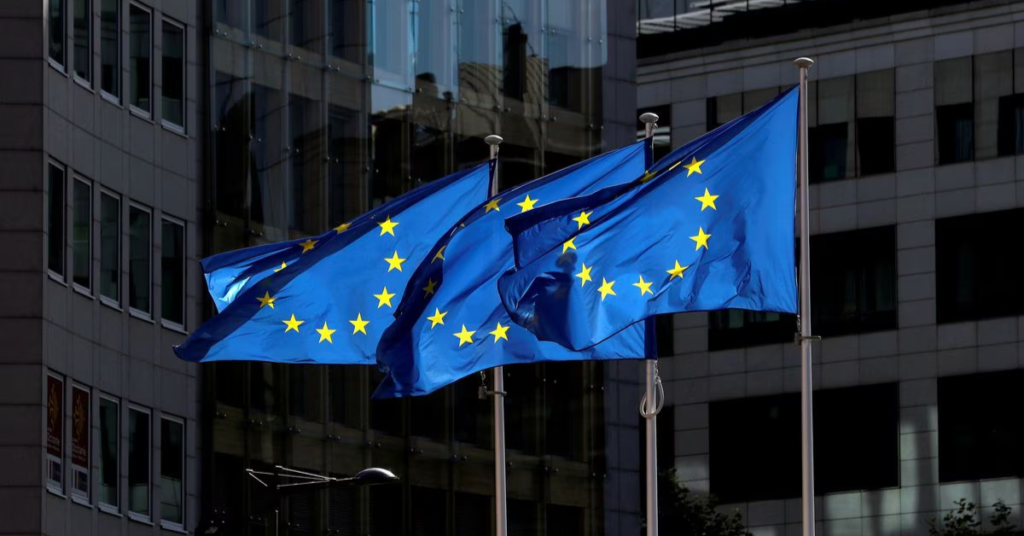The modern smartphone user has an average of 35 mobile applications installed on their devices. However, only 5 of these are used most often, and many of them are removed after the first use.
It seems like a paradox: people are sick of downloading apps, but apps are more popular than ever. It has been predicted that by 2025, the mobile industry will have 5.9 billion unique mobile subscribers or 71% of the expected population of the Earth. In a landscape where competition is already rife, app developers are facing a new threat: the rise of the super app.
Super applications
Super apps essentially serve as a single portal to a wide range of virtual products and services. The most sophisticated apps like WeChat and Alipay in China, and Grab and Go-Jek in Malaysia, bundle together online messaging (similar to WhatsApp), social media (similar to Facebook), marketplaces (like eBay) and services (like Uber).
One app, one sign-in, one user experience for virtually any product or service a customer may want or need. In ‘The Great Firewall’ of China, It is commonplace for a WeChat user to set up a date with a friend via instant messaging, make dinner reservations, book movie tickets, order a taxi and pay for every transaction along the way, all using one single app.
In the face of super app powerhouses that monopolise goods and services, single apps are in real danger of being rendered obsolete. It is no longer sufficient for an app to solve a single problem; solving multiple problems at the same time is essential for survival.
Multi-experience
The future of app development is multi-experience. Instead of having multiple apps for ordering food, ride-sharing and payment options, users are seeking just one.
Consumers may not be specifically demanding super apps, but they certainly want the convenience and simplicity that super apps can offer. In a climate where the download of apps is necessity-driven, companies must ensure that their apps are delivering maximum value to their users.
Consumers are demonstrating more sophisticated demands than ever before, driven by increasing tech-savviness and a desire for simplicity. The consumer experience is king, and a high degree of personalisation and relevance is no longer a point of consideration, but a necessity.
Further to this, the apps of the future require integration at multiple touch-points: as immersive devices such as smartwatches, smartphones and voice-driven devices permeate the industry, the modes of interaction (type, touch, gestures, natural language) expand across the digital user journey.
Battle for relevance
So, how do companies stay abreast of the burgeoning super app competition?
Machine learning and Artificial Intelligence will pave the way for apps going forward in the battle for relevance.
Mobile apps must distinguish themselves through tailored content, instant access to information and user-friendliness, and these are a result of a greater integration of AI.
For example, Netflix utilises algorithms that adapt to user behavior in order to provide them with personalised content. Tinder uses machine learning to increase a user’s chances of finding a match.
Google Maps is making the process of choosing a parking spot easier thanks to machine learning. In order to stay ahead, it is imperative for apps to provide users with solutions uniquely adapted to them, as quickly as possible, whenever they seek it.











